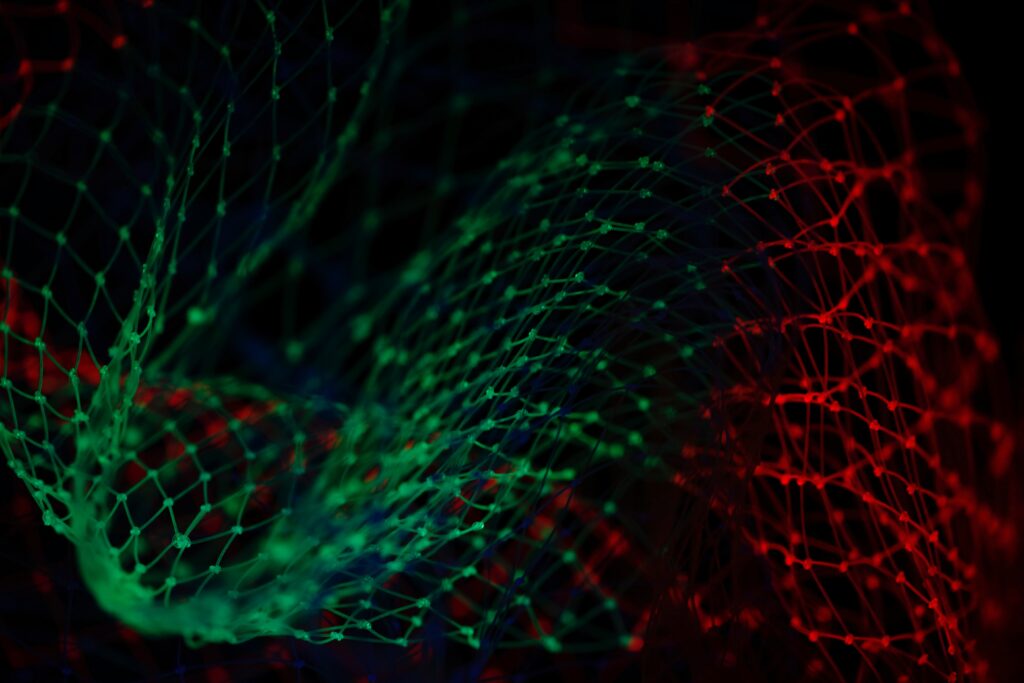Interview – Data traceability for circularity
 Image credit: Pietro Jeng on Unsplash
Image credit: Pietro Jeng on Unsplash
“That’s a big branch of innovation in that area.”
Description
4:47 “I think you can find a bunch of startups for basically any challenge that you can think of. One clear example that I can share… We have one accelerator which is focused on circular fashion. So, in the accelerator, we are working with different brands and fashion startups that can close other circles in circularity, and so obviously, with fashion, a lot of that impact is in manufacturing and how we kind of manufacture clothing and textiles, materials… All of that was like a super big topic. We have multiple startups that are focusing on mapping data points throughout the value chain, so that you can have materials that are traceable. We have multiple of that. And it’s not only fashion, I think we have multiple examples on food and different other parts of manufacturing that do that. So that’s a big branch of innovation in that area.”
Relevance
The current lack of a measurement framework and guidance to define the scope of circular economy – including the economic, social and environmental dimensions of sustainable development – hinders the development of national plans and initiatives. Therefore, sound, relevant and internationally comparable statistics are needed to guide policy actions towards a circular economy.
Learn more
Vision
EIT Manufacturing vision for the future of Manufacturing in Europe in 2030, called ‘Fixing Our Future
Enablers
Enablers for future change and actions to make the vision, as described in Fixing Our Future, a reali
Signals
A knowledge library of over 100 signals of change, as examples of emerging manifestations towards the
About the project
Learn more about the background, the process and the people and the contributors behind this project.

